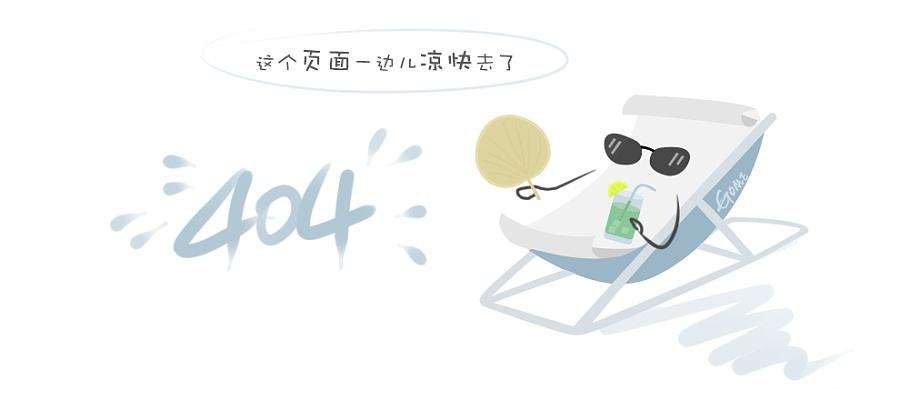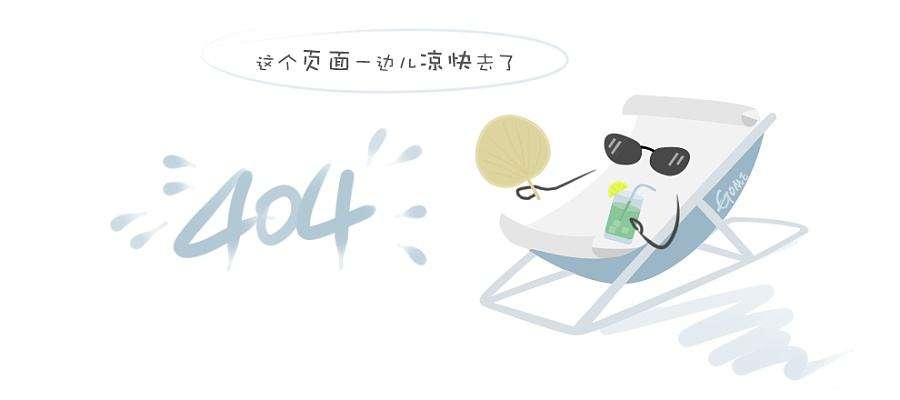technical

i. contraction rate
form and calculation of forming shrinkage of thermoplastic plastics as mentioned above, the factors affecting forming shrinkage of thermoplastic plastics are as follows:
1. in the forming process of thermoplastic plastics, there are still some factors, such as volume change from crystallization, strong internal stress, large residual stress frozen in the plastic parts, strong molecular orientation, etc. therefore, compared with thermosetting plastics, the shrinkage rate is larger, the shrinkage range is wide and the orientation is obvious. in addition, after forming, the shrinkage rate of thermosetting plastics is wider and the orientation is obvious.
2. the outer layer of the molten material contacting the surface of the cavity is cooled immediately to form a low density solid shell. due to the poor thermal conductivity of plastics, the inner layer of plastic parts slowly cooled to form a high-density solid layer with large shrinkage. so wall thickness, slow cooling and high density layer thickness shrink greatly. in addition, the layout and quantity of inserts and inserts have a direct impact on the direction of material flow, density distribution and shrinkage resistance, so the characteristics of plastic parts have a greater impact on the shrinkage size and direction.
3. the shape, size and distribution of the inlet and outlet directly affect the direction of material flow, density distribution, pressure retaining and feeding effect and forming time. the large cross-section (especially the thicker cross-section) of the direct inlet and the inlet has smaller shrinkage but larger directivity, while the wide and short length of the inlet and the outlet have smaller directivity. close to the inlet or parallel to the direction of the material flow, the shrinkage is large.
4. mold temperature is high, melt material cooling is slow, density is high, shrinkage is large, especially for crystalline material because of high crystallinity and large volume change, so shrinkage is larger. mold temperature distribution is also related to internal and external cooling and density uniformity of plastic parts, which directly affects the shrinkage and direction of each part. in addition, holding pressure and time also have a greater impact on contraction, while large pressure and long time have smaller contraction but greater directionality.
the injection pressure is high, the viscosity difference of melt material is small, the interlaminar shear stress is small, and the elastic rebound after demoulding is large, so the shrinkage can also be reduced appropriately, the material temperature is high, the shrinkage is large, but the direction is small. therefore, adjusting the temperature, pressure, injection speed and cooling time can also properly change the shrinkage of plastic parts.
according to the shrinkage range of various plastics, the wall thickness and shape of the plastic parts, the size and distribution of the inlet and outlet, the shrinkage rate of each part of the plastic parts is determined by experience, and then the cavity size is calculated. when it is difficult to control the shrinkage of high precision plastic parts, the following methods should be used generally:
design die:
(1) the shrinkage of the outer diameter of the plastic part is smaller and that of the inner diameter is larger so as to leave room for modification after the test.
(2) the form, size and forming conditions of the gating system are determined by the trial mould.
(3) after the post-processing, the size change of the plastic parts must be determined (the measurement must be 24 hours after the demoulding).
(4) modify the die according to the actual shrinkage.
_re-test the die and modify the shrinkage slightly to meet the requirements of the plastic parts.
ii. liquidity
liquidity falls into three categories:
the fluidity of pa, pe, ps, pp, ca and poly (4) methyl europiene is good.
(2) polystyrene series resins with medium fluidity (such as abs, as), pmma, pom and polyphenyl ether;
(3) poor fluidity pc, rigid pvc, polyphenyl ether, polysulfone, polyaromatic sulfone and fluoroplastics.
1. the fluidity of thermoplastics can be analyzed by a series of indices, such as molecular weight, melting index, flow length of archimedes helix, apparent viscosity and flow ratio (flow length/wall thickness).
low molecular weight, wide molecular weight distribution, poor regularity of molecular structure, high melting index, long spiral flow length, low apparent viscosity, high flow ratio, good fluidity, the same name of plastic must be checked to determine whether its fluidity is suitable for injection molding.
2. the fluidity of various plastics also varies with the forming factors. the main influencing factors are as follows:
the fluidity of ps, pp, pa, pmma, modified polystyrene (such as abs, as), pc, ca and other plastics varies greatly with temperature. for pe, pom and temperature increase or decrease have little effect on their fluidity. therefore, the former should adjust the temperature to control the fluidity when forming.
(2) when the pressure of injection moulding increases, the shearing force and fluidity of melt material increase, especially pe and pom are more sensitive, so the injection pressure should be adjusted to control the fluidity.
(3) the form, size, layout, design of cooling system, flow resistance of molten material (such as surface finish, thickness of material section, shape of cavity, exhaust system) and other factors directly affect the actual fluidity of molten material in the cavity. the fluidity of molten material decreases when the temperature of molten material is lowered and the flow resistance is increased.
the reasonable structure should be selected according to the fluidity of the plastics used in the die design. the filling conditions can also be adjusted appropriately by controlling material temperature, mold temperature, injection pressure and injection speed to meet the forming requirements.
3. crystallinity
thermoplastics can be divided into crystalline plastics and amorphous plastics according to their non-crystallization during condensation.
the so-called crystallization phenomenon refers to the phenomenon that the molecule moves independently from melting state to condensation state, completely in disorder, and then stops the free movement of the molecule in a slightly fixed position, with a tendency to make the molecule arrangement a normal model.
as a criterion for judging the appearance of these two types of plastics, the transparency of thick-wall plastic parts can be determined. generally, the crystalline materials are opaque or translucent (such as pom), and the amorphous materials are transparent (such as pmma).
however, there are exceptions, such as poly (4) methyleuropiene as crystalline plastic has high transparency, abs as amorphous material but not transparent.
when designing and selecting injection moulding machine, the following requirements and precautions should be paid attention to for crystalline plastics:
it needs more heat to rise the material temperature to the forming temperature, so the equipment with high plasticizing ability should be used.
(2) when cooling and regeneration, it emits a lot of heat, so it should be fully cooled.
(3) the proportion difference between melt state and solid state is large, forming shrinkage is large, shrinkage and pore are easy to occur.
(4) fast cooling, low crystallinity, small shrinkage and high transparency. the crystallinity is related to the wall thickness of the plastic parts. the wall thickness is slowly cooled, with high crystallinity, large shrinkage and good physical properties. therefore, the mould temperature of crystalline materials should be controlled according to the requirements.
the anisotropy is significant and the internal stress is large. after demoulding, the uncrystallized molecule tends to continue to crystallize and is in the state of energy imbalance, which is prone to deformation and warping.
the crystallization temperature range is narrow, and it is easy to inject the unmelted material into the die or block the feed port.
4. thermosensitive plastics and hydrolyzable plastics
1. thermosensitivity refers to the tendency of discoloration, degradation and decomposition of some plastics which are more sensitive to heat, have longer heating time at high temperature or have too small cross section of inlet and outlet, and are prone to occur when the material temperature increases.
such as hard pvc, polyvinylidene chloride, vinyl acetate copolymer, pom, polytrifluorochloroethylene and so on. thermosensitive plastics produce by-products such as monomers, gases and solids when they are decomposed. especially, some decomposed gases have stimulating, corrosive or toxic effects on human body, equipment and moulds.
therefore, when designing and choosing injection moulding machine and moulding, attention should be paid to the selection of screw injection moulding machine, the section of the pouring system should be large, the moulds and barrels should be chromium-plated, and there should be no angle retardation. the moulding temperature and the addition of stabilizers in plastics must be strictly controlled to reduce their thermal sensitivity.
2. some plastics (such as pc) may decompose at high temperature and high pressure even if they contain a small amount of water. this property is called hydrolyzability, which must be pre-heated and dried.
v. stress cracking and melt cracking
1. some plastics are sensitive to stress and easy to produce internal stress, brittle and fragile, plastic parts crack under the action of external force or solvent.
therefore, besides adding additives in raw materials to improve crack resistance, drying should be paid attention to and forming conditions should be selected reasonably to reduce internal stress and increase crack resistance. the reasonable shape of plastic parts should be chosen and the inserts should not be set to minimize the stress concentration.
when designing the mould, the slope of demoulding should be increased, the reasonable inlet and outlet should be selected, the material temperature, mould temperature, injection pressure and cooling time should be properly adjusted during moulding, so as to avoid demoulding when the plastic parts are too cold and brittle. after moulding, the plastic parts should be treated to improve cracking resistance, eliminate internal stress and prohibit contact with solvents.
2. when a polymer melt with a certain melt flow rate passes through the nozzle hole at constant temperature and its flow rate exceeds a certain value, the obvious transverse crack on the melt surface is called melt fracture, which will damage the appearance and physical properties of the plastic parts.
therefore, in the selection of polymer with high melt flow rate, the section of nozzle, runner and inlet and outlet should be increased, the injection speed should be reduced, and the material temperature should be increased.
6. thermal performance and cooling speed
1. all kinds of plastics have different thermal properties, such as heat conductivity, thermal deformation temperature and so on. when plasticizing with high specific heat, it needs more heat. the injection moulding machine with high plasticizing ability should be selected. the cooling time of plastics with high thermal deformation temperature can be shorter and the demoulding time is earlier, but the cooling deformation should be prevented after demoulding.
plastics with low heat conductivity have a slow cooling rate (such as ionic polymer cooling rate is very slow), so it is necessary to fully cool and strengthen the cooling effect of the mould. the hot runner mould is suitable for plastics with low specific heat and high heat conductivity. plastics with high specific heat, low thermal conductivity, low thermal deformation temperature and slow cooling speed are not conducive to high-speed moulding. it is necessary to select appropriate injection moulding machines and strengthen the cooling of moulds.
2. all kinds of plastics must keep proper cooling rate according to their types, characteristics and shape of plastic parts. therefore, the heating and cooling system must be set up according to the forming requirements in order to maintain a certain die temperature. when the material temperature increases the mould temperature, it should be cooled to prevent the plastic parts from deforming after demoulding, shorten the forming cycle and reduce the crystallinity.
when plastic waste heat is insufficient to keep the mould at a certain temperature, the mould should be equipped with a heating system to keep the mould at a certain temperature to control cooling speed, ensure fluidity, improve filling conditions or control the slow cooling of the plastic parts, prevent uneven cooling inside and outside the thick-wall plastic parts and improve crystallinity, etc.
for those with good fluidity, large moulding area and uneven material temperature, heating or cooling alternately or local heating and cooling are sometimes needed according to the moulding condition of plastic parts. for this reason, the mould should be equipped with a corresponding cooling or heating system.
hygroscopicity
there are various additives in plastics, which make them have different degree of affinity and sparsity to water. therefore, plastics can be roughly divided into hygroscopicity, adhering water and not adhering water easily. water content in materials must be controlled within the allowable range, otherwise water can be changed into gas or hydrolyzed under high temperature and high pressure, resulting in foaming, fluidity decline, poor appearance and mechanical properties of resins. this is the case.
therefore, hygroscopic plastics must be preheated by appropriate heating methods and specifications as required to prevent re-hygroscopicity in use.
the four stages of filling, h...
no more


no.1999 kehang road, high-tech zone, jinan, shandong, china

0531-83532811



qq customer service: 3153204487
working day:8:30 - 17:30
telphone:0531-87176888
consult now
sweep and focus on the public number